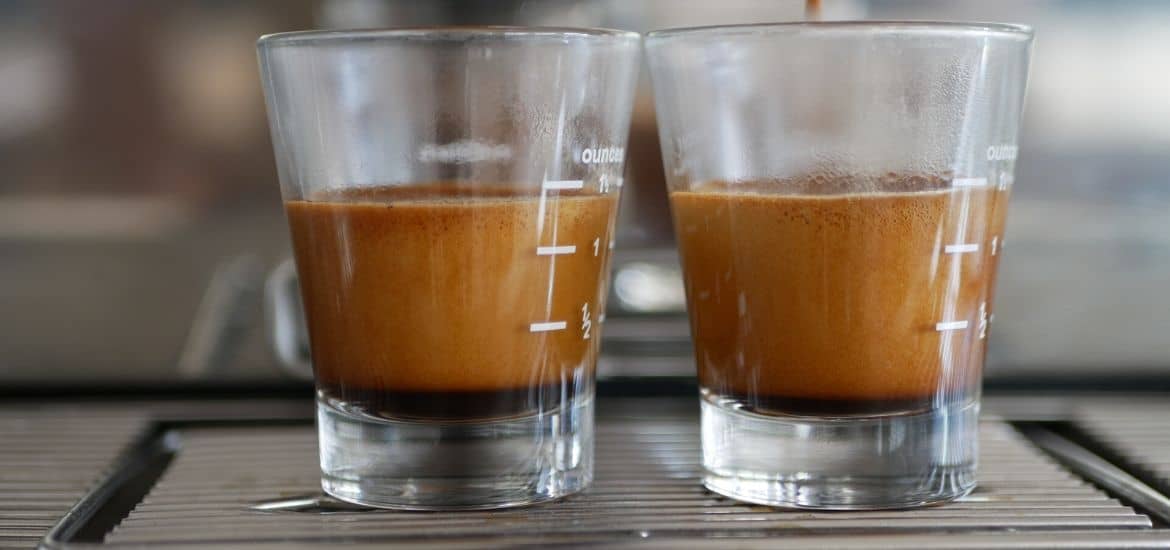"Strong and weak," "mild and bitter," are probably the most commonly heard contrasting terms coffee drinkers use to describe their coffee. Some coffee experts consider these terms useless. Unfortunately, this isn't true and is rather elitist.
In recent years, coffee farmers, importers, roasters, baristas, bloggers, restaurateurs, scientists, etc. have made the specialty coffee industry more colorful, but also more confusing for the uninitiated. We're seeing more coffee variety, more stories, and more individual expressions of beverages.
Questions that every café with quality standards must ask itself today are:
- How do we convey all this knowledge to average coffee drinkers?
- Which descriptions do we use?
- Which coffee should we use as a reference to illustrate the differences?
- How do we avoid overwhelming consumers?
This is followed by a mini-explanation model that is not intended to overwhelm consumers, but still make them want more background information – if they want it.
Strong and weak coffee

 The majority of coffee drinkers define coffee by its intensity. The natural response of coffee professionals (coffee expert sounds less appealing) would probably be, "Well, what intensity?" A legitimate question, given that acidity, sweetness, body, etc., are examined not only for intensity but also for quality.
The majority of coffee drinkers define coffee by its intensity. The natural response of coffee professionals (coffee expert sounds less appealing) would probably be, "Well, what intensity?" A legitimate question, given that acidity, sweetness, body, etc., are examined not only for intensity but also for quality.
Does it make sense for me to explain the differences between quality and intensity to a coffee drinker, knowing full well that this often causes confusion even among coffee professionals ?
Let's delve into this discussion of intensity. The statement "this coffee is strong (or weak)" isn't as one-dimensional as it might sound. One can answer this statement clearly with "yes" or "no" and then immediately elaborate, because there are at least three reasons why coffee can be strong/weak:
- Coffee to water ratio ( recipe )
- Agitation, time, temperature, pressure ( preparation method )
- Solubility of coffee ( roasting )
We already have three topics ( recipe, preparation method, roasting ) as a starting point, on which we can enter into an in-depth discussion with the consumer about quality.
Mild and bitter
"Mild" and "bitter" are probably the second most common descriptions for coffee. In sensory training courses, I always ask participants what "mild" means. Answers like these are the norm: " Fine aromas, delicate flavors, nothing overpowering, no acidity, harmonious." When asked what the opposite of mild is, the most common answer is " bitter ."
So how do we deal with this?
We have some imprecise descriptions, but also a helpful pair of opposites: bitter – mild .
To illustrate this, we usually conduct a test with an optimally extracted filter coffee (A, TDS approx. 1.25, extraction rate approx. 20%) and an over-extracted filter coffee (B, TDS approx. 1.25, extraction rate approx. 25%). So far, most participants have found Coffee A to be "mild and harmonious." Coffee B, in comparison, is " bitter ," " unbalanced, " or even " aggressive ."
If we add an X-axis to our Y-axis, we get the following simple diagram that anyone can understand and follow with a little explanation:
We haven't gotten too technical here yet, and haven't described the coffee either lexically (variety, origin, processing) or in terms of content (flavor notes, body, acidity, etc.). And yet we've been able to provide additional information—information that includes, rather than excludes, the average coffee drinker.
We don't need to reinvent sensory communication. We advocate engaging consumers with the terminology they use, but defining it more precisely. Suddenly, "weak" and "strong" become a complex matter,


























